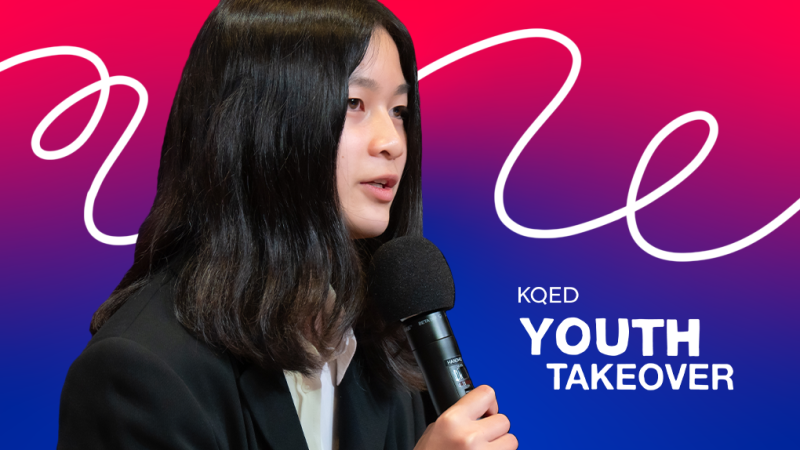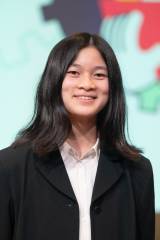Media making has encouraged me to ask questions and search for the answers; to reflect on my own experiences and connect with my community.
I was always drawn to storytelling in media: the process of finding meaning in the uncertain. Yet I was hesitant to share my own stories. How could a teenager’s ideas have any impact? At least, that’s what I told myself.
In 2021, cases of COVID-19 skyrocketed, and so did reports of anti-Asian violence. Seeing the fear of my community reflected in these news stories, I knew I had to speak up in some way. But how? While people were out in the streets protesting racial injustice, I was quarantined in my bedroom, drifting aimlessly from one Zoom call to another.
While I may have felt helpless, I certainly wasn’t voiceless. I realized that I could contribute in my own way: through media. Even if I didn’t think I could make a difference, media making had always been an outlet to find my voice. Maybe it was time to share it. I decided to make a short documentary interweaving my family’s history with a broader backdrop of Asian American history.
“While I may have felt helpless, I certainly wasn’t voiceless.”
However, I quickly learned that filming this documentary wasn’t just about making a statement. Writing my script required me to reflect on my own past and privilege. Reaching out for interviews allowed me to begin conversations with my friends and family – discussions that turned isolated fears into collective experiences, reckonings, and understandings.

 Clara Chiu is a senior at Woodside High School and part of the KQED Youth Advisory Board. She has been involved in several KQED Live events and published on KQED Perspectives and The California Report magazine. When not writing, she can be found reading outdoors with her cat.
Clara Chiu is a senior at Woodside High School and part of the KQED Youth Advisory Board. She has been involved in several KQED Live events and published on KQED Perspectives and The California Report magazine. When not writing, she can be found reading outdoors with her cat.